I have two sets of almost identical-looking capacitors which show different behaviour:
The ones on the left (which are definitely these MLCCs) act as I would expect, but the ones on the right (which we think were a previous order of the same but cannot be sure) have odd effects in an RLC circuit as below:
simulate this circuit – Schematic created using CircuitLab
At the resonant frequency, the trace of \$V_\mathrm{FG} - V_\mathrm{r}\$ shows a triangle wave:
and consequently the FFT of the \$V_\mathrm{r}\$ channel shows odd harmonics for the "bad" capacitor:
but the good capacitors give an almost pure sine as expected when swapped
They both measure the same approximate capacitance (100 nF) on a multimeter. Also, when sweeping the frequency across the resonance, the "bad" capacitors have a much faster phase change when going slightly above the resonant frequency. What imperfection or property of these capacitors could be causing this nonlinear behaviour?

